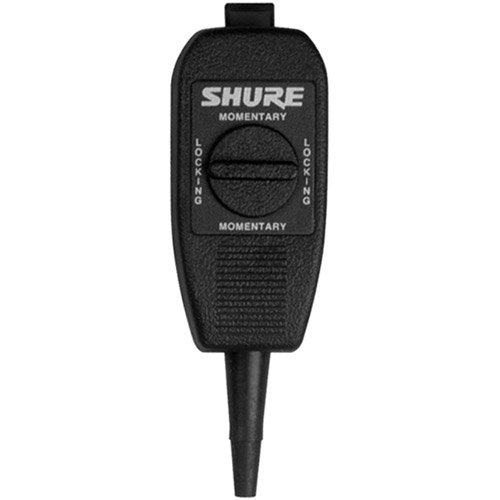I'm looking for a simple stereo 3.5mm inline power on/off, but haven't had much luck. Mixers or splitter are overly complicated and too often pop or crackle unless you spend a lot on them. I want something inline that is the equivalent of plugging in or unplugging a 3.5 mm cable.
I know you'll often see headphones with an inline mute button. Is this essentially the same thing as a power on/off? That might work, but I'd prefer something stand alone... or, well, inline.
Even just knowing what to properly call something like this might help me search for it.
Thanks
I know you'll often see headphones with an inline mute button. Is this essentially the same thing as a power on/off? That might work, but I'd prefer something stand alone... or, well, inline.
Even just knowing what to properly call something like this might help me search for it.
Thanks
Last edited:



